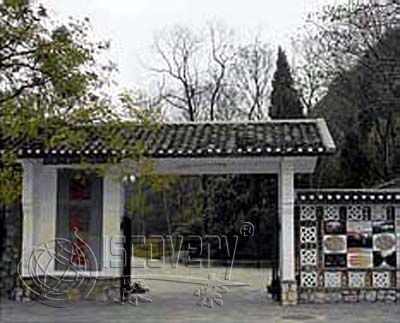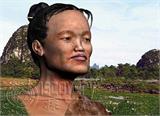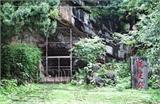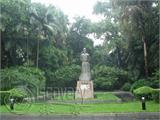Dawn of Civilization (3) --- Guilin History and Culture
Guilin is a famous historical and cultural city with a brilliant history. The beauty of Guilin's landscape is known all over the world, which makes Guilin's tourism culture another brand that draws global attention.
The relics left by our ancestors were mainly tools for production and daily life, most of which were chipped stone tools, including a large number of stone tools used for chopping and pounding. There were fewer polished stone tools, mainly axes and adzes, etc., with a groove in the middle part of the axe for inserting a wooden handle. Experts have determined that this groove was used to hold the wooden handle. Among the unearthed bone artifacts, there were many tools made from animal bones, such as darts, arrowheads, awls, and needles. Among them, three bone needles used for sewing were found, and judging from their smoothness, they were frequently used items. Surprisingly, one of the bone needles had a hole size as small as a grain of rice. It should be noted that at that time, they did not yet know how to use metal, yet they managed to drill such delicate holes using stones, indicating that they already had skilled hands. The bone needle was a sewing tool, but what did it sew? Experts speculated that the ancestors here used bone needles to sew fur-like clothing or decorative items, showing that they understood the pursuit of beauty and knew how to protect themselves from the cold, beginning to wear clothes rather than being naked as before.
As the saying goes, "If you want to do a good job, you must first sharpen your tools." Our ancestors also understood this principle. They gradually learned to make and process various practical tools through labor practice, understanding how to use stone tools efficiently and conveniently to improve labor efficiency. This fact also shows that labor created humans, labor improved humans, labor taught humans, and labor promoted human civilization and progress.




